Capture breathtaking moments in Ontario’s most scenic parks while preserving their pristine beauty for future generations. Photography in natural environments demands a delicate balance between artistic expression and environmental stewardship. From the golden light filtering through ancient forests to mist-shrouded lakes at dawn, each shot presents an opportunity to document nature’s splendor – and a responsibility to protect it.
Master the art of leave-no-trace photography by staying on marked trails, keeping a respectful distance from wildlife, and avoiding habitat disruption during sensitive breeding seasons. Pack reusable gear, minimize plastic waste, and consider joining local conservation efforts to give back to the landscapes that inspire your work. Your camera can become a powerful tool for environmental advocacy, telling compelling visual stories that inspire others to cherish and protect these precious natural spaces.
Whether you’re capturing dramatic landscapes or intimate wildlife moments, remember that every photograph taken in nature carries the potential to educate, inspire, and promote conservation. Let’s explore how to create stunning images while being mindful stewards of our natural heritage.
Protecting Ontario’s Natural Canvas
Common Environmental Impact Points
As photographers, we often focus on getting the perfect shot, but our presence can leave lasting impacts on the natural environment. Trampled vegetation along popular photo spots is one of the most visible signs – those Instagram-worthy wildflower meadows can quickly become bare patches when too many feet venture off-trail. Even seemingly harmless actions like moving branches or rocks for a better composition can disrupt small habitats and affect local wildlife.
Wildlife photography presents its own challenges. Getting too close to animals for that perfect shot can stress them out, potentially affecting their feeding, nesting, or migration patterns. Using flash photography, especially at night, may temporarily disorient nocturnal creatures.
The growing popularity of drone photography adds another layer of concern. While aerial shots can be stunning, drones can disturb nesting birds and other wildlife. Even the equipment we carry can impact the environment – dropped lens caps, battery packaging, and other photography gear often end up as litter in our parks.
But don’t worry! With some mindful practices, we can capture amazing photos while protecting these beautiful spaces for future generations to enjoy.
Wildlife Photography Ethics
When practicing wildlife portrait photography, remember that we’re guests in nature’s home. Always maintain a safe distance from animals – if they notice your presence and change their behavior, you’re too close. Use a telephoto lens instead of approaching wildlife, and never bait or lure animals for a shot.
Stick to marked trails and viewing areas to protect both the environment and yourself. Early morning and dusk are prime times for wildlife activity, but be extra mindful during these periods as many animals are feeding or caring for young. Never use flash photography with nocturnal animals, as it can disorient them and disrupt their natural behaviors.
Consider joining local nature photography groups to learn from experienced photographers who know the area’s wildlife. They can share valuable insights about animal behaviors and ethical photography practices. Remember, a great photo isn’t worth compromising an animal’s well-being – patience and respect will reward you with authentic, stunning shots that tell real stories of Ontario’s wildlife.
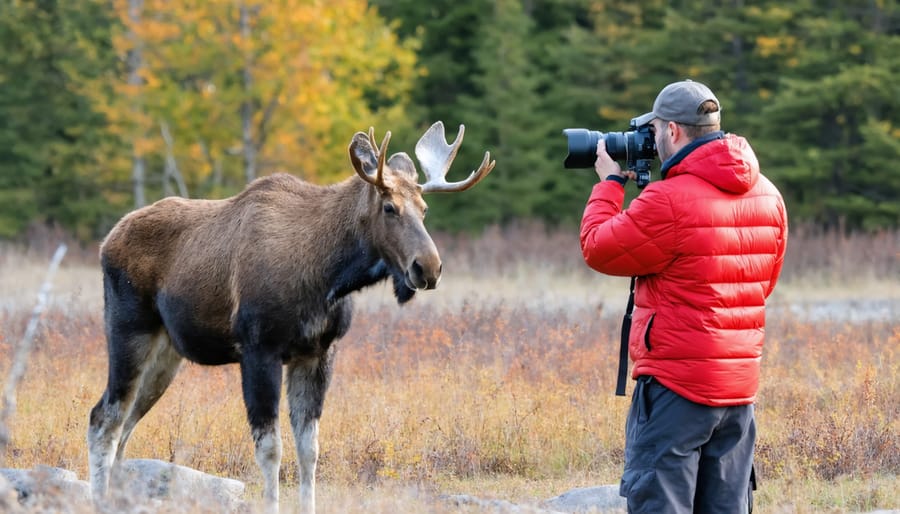
Essential Gear and Eco-Friendly Equipment

Sustainable Photography Gear
As photographers, we can make eco-conscious choices when it comes to our gear. One of the best ways to reduce your environmental impact is to buy second-hand equipment. Ontario has numerous camera shops and online marketplaces where you can find quality pre-loved gear, giving these items a second life while saving money.
Consider investing in high-quality, durable equipment that will last for years rather than cheaper alternatives that need frequent replacement. Look for cameras and lenses made with sustainable materials and from manufacturers with strong environmental commitments. Many brands now offer equipment made with recycled materials and eco-friendly packaging.
Rechargeable batteries are another must-have for sustainable photography. While they cost more upfront, they’ll save you money in the long run and keep countless disposable batteries out of landfills. When shooting in Ontario’s wilderness, solar chargers can be a great companion for keeping your gear powered using clean energy.
Don’t forget about accessories! Opt for camera bags made from recycled materials, and choose cleaning products that are biodegradable and non-toxic. Many photographers I know have switched to microfiber cloths instead of disposable cleaning wipes.
Remember, the most sustainable gear is often the equipment you already own. Before upgrading, ask yourself if you really need new gear. Sometimes, creativity and skill can achieve more than the latest technology.
Leave-No-Trace Photography Kit
Packing the right gear isn’t just about getting great shots – it’s about protecting the beautiful landscapes we love to photograph. Here’s my tried-and-tested kit that helps minimize environmental impact while maximizing creative opportunities.
Start with a reusable gear bag that’s weather-resistant and durable. I recommend one with dedicated compartments to prevent any accidental drops or spills. Pack microfiber cloths for lens cleaning instead of disposable wipes, and opt for rechargeable batteries over single-use ones.
Essential items include:
– A collapsible reflector (lighter than traditional lighting gear)
– Biodegradable bags for carrying out trash
– A small groundsheet or sitting pad to avoid damaging vegetation
– Reusable water bottle and snacks in sustainable packaging
– Trail markers or GPS device to stay on designated paths
Pro tip: I always carry a few extra storage cards instead of a laptop. This saves weight and eliminates the need for power sources in the field. For longer shoots, consider solar-powered battery banks – they’re eco-friendly and reliable.
Remember to pack non-toxic cleaning supplies for your gear and avoid aerosol products. A small spray bottle with distilled water and a gentle brush will handle most cleaning needs without harming the environment.
By keeping your kit minimal and environmentally conscious, you’ll move more freely through nature while protecting the very subjects you’re capturing.
Best Practices for Park Photography
Trail Photography Tips
When photographing Ontario’s stunning trails, remember that preserving the environment is just as important as getting the perfect shot. Always stick to marked paths and avoid trampling vegetation for that enviable angle – sometimes the best compositions come from working within nature’s boundaries.
Pack a lightweight tripod for stable shots in low light conditions, especially useful during golden hour when the sun paints our forests in magical hues. For capturing moving subjects like birds or flowing water, try using faster shutter speeds to freeze motion or slower ones for dreamy, silky effects.
Consider bringing a polarizing filter to manage glare from wet leaves and enhance the natural colors of our diverse landscapes. When photographing delicate wildflowers or small wildlife, use a macro lens or zoom from a respectful distance to avoid disturbing their natural habitat.
Timing is everything – early morning offers the softest light and best chances to spot wildlife. Rainy days can create stunning opportunities for moody forest shots and capturing water droplets on vegetation. Just remember to protect your gear with a rain cover!
Practice “leave no trace” photography by avoiding any physical manipulation of the environment. Instead of moving branches or rocks, challenge yourself to find creative angles that work with the natural scene. And always pack out what you bring in, including any photography-related items like lens caps or cleaning tissues.
Seasonal Considerations
Each season in Ontario brings unique photographic opportunities and challenges that photographers should prepare for. Check out our detailed seasonal photography tips for specific techniques and gear recommendations.
Spring offers dramatic weather transitions and emerging wildlife, but be ready for muddy conditions and unpredictable rain. Pack waterproof gear covers and wear appropriate footwear. The morning dew can create magical macro opportunities, especially during the wildflower bloom.
Summer brings long, golden hours perfect for landscape photography, but watch out for harsh midday sun. Early morning and late evening shoots will yield the best results. Keep your gear cool and bring plenty of water – both for yourself and to clean your equipment if needed.
Fall is a photographer’s paradise with its vibrant colors, but timing is crucial. Plan your visits around peak fall colors, typically mid-September to late October. Morning fog in valleys creates ethereal scenes, so arrive before sunrise for the best shots.
Winter presents stunning minimalist landscapes but requires extra preparation. Keep spare batteries warm in your pockets, as cold temperatures drain them quickly. Use hand warmers near your camera to prevent condensation when moving between temperatures. Remember that snow can trick your camera’s meter, so consider overexposing by one stop for accurate snow whites.
Group Photography Management
Managing group photography sessions in Ontario’s natural spaces requires a thoughtful approach to minimize environmental impact while capturing those perfect shots. When I lead photography groups through our beautiful parks, I always start with a quick briefing about responsible practices.
First, designate a group leader who can coordinate movements and ensure everyone follows park guidelines. Keep your group size manageable – I recommend no more than 8-10 photographers to avoid overwhelming both wildlife and other visitors. Space yourselves out rather than clustering in one spot, which helps prevent soil compaction and gives everyone better shooting angles.
Before heading out, agree on hand signals or quiet communication methods. This keeps noise levels down and helps maintain the peaceful atmosphere that makes our natural spaces so special. It’s also smart to establish meeting points and time checks to avoid anyone wandering off trail in search of the perfect shot.
When photographing in popular spots, take turns rather than all shooting at once. This not only shows consideration for other visitors but also prevents overcrowding in sensitive areas. If you’re planning a sunrise shoot at a popular lookout, arrive early and coordinate your group’s positioning beforehand.
Remember, group photography can be a wonderful way to share knowledge and passion for nature, but it comes with added responsibility. By following these guidelines, we can ensure our creative pursuits don’t compromise the very environments we’re trying to capture.
Photography Location Planning
Designated Photography Areas
Ontario’s parks offer countless designated photography spots that provide the perfect vantage points for capturing nature’s beauty. From purpose-built observation platforms to carefully selected scenic overlooks, these locations are strategically positioned to offer photographers the best possible shots while protecting sensitive ecosystems.
Look for official photography blinds near wetlands and marshes, which allow you to photograph wildlife without disturbing their natural behaviors. Many parks also feature elevated boardwalks and viewing platforms that offer unique perspectives of landscapes and waterways. While these designated spots are excellent starting points, don’t miss out on some amazing hidden photography locations that park staff can help you discover.
Pro tip: Visit the park office or website before your trip to get a map of designated photography areas. Many locations are particularly stunning during golden hour, so plan your visit around sunrise or sunset. Remember that these spots often have limited capacity, so arriving early can help secure your ideal position, especially during peak seasons or special events like fall colors or wildlife migrations.
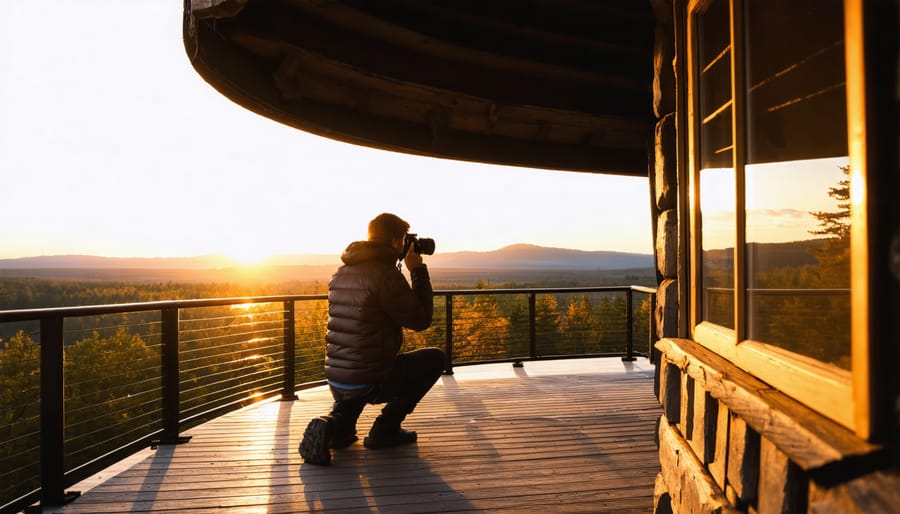
Timing Your Visit
Timing is everything when it comes to responsible nature photography. The golden hours – just after sunrise and before sunset – not only offer the most magical lighting conditions but also tend to be quieter times when wildlife is naturally more active. By visiting during these periods, you’ll minimize disruption to animals while capturing them in their natural routines.
Consider visiting during off-peak seasons when parks are less crowded. Fall and spring not only offer stunning natural transformations but also mean fewer visitors competing for the perfect shot. During winter, the crisp morning light and snow-covered landscapes create extraordinary photo opportunities with minimal impact on dormant ecosystems.
Weekday mornings typically see fewer visitors than weekends, giving you more space to work thoughtfully without feeling rushed. If you’re photographing popular locations, try arriving at least 30 minutes before sunrise to set up your equipment without disturbing others.
Remember to check weather forecasts and park schedules before heading out. Overcast days can be perfect for woodland photography, while sunny conditions work better for wide landscapes. By planning your visits strategically, you’ll create better images while being a mindful steward of Ontario’s natural spaces.
As we wrap up our journey through Ontario’s photographic landscapes, remember that capturing stunning images and preserving our natural environment go hand in hand. The breathtaking scenes we photograph today should remain just as beautiful for future generations to enjoy and document.
By following the guidelines we’ve discussed – staying on marked trails, maintaining a safe distance from wildlife, and avoiding any disruption to natural habitats – you’re contributing to the longevity of these precious ecosystems. Pack out what you pack in, and consider joining local photography groups that promote responsible nature photography practices.
Remember that timing is everything – both for getting that perfect shot and for minimizing your impact. Early morning and late afternoon not only offer the best light but also tend to be quieter times when wildlife is most active and other visitors are fewer.
Your camera can be a powerful tool for environmental advocacy. Share your images to inspire others and raise awareness about the importance of preserving Ontario’s natural spaces. Consider contributing your photos to conservation projects or participating in citizen science initiatives that help monitor environmental changes.
Let’s make a collective commitment to practice photography that not only captures the beauty of our province but actively helps protect it. After all, the best photo is one that leaves no trace except in our memories and on our memory cards.





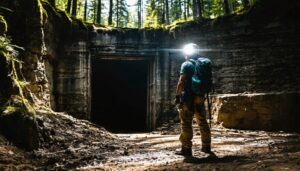
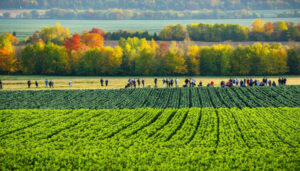

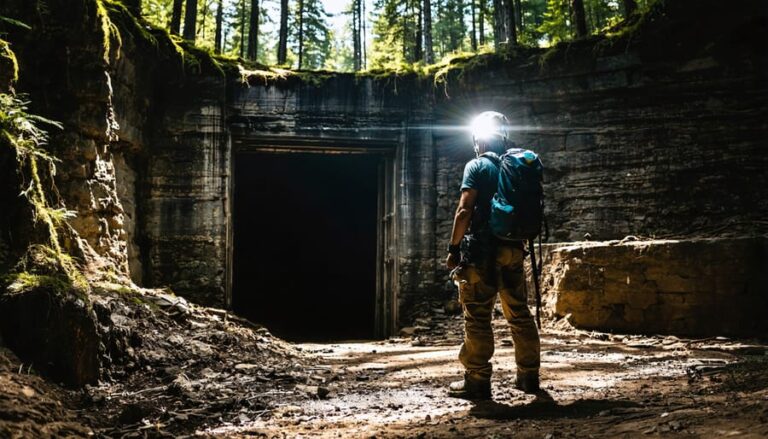
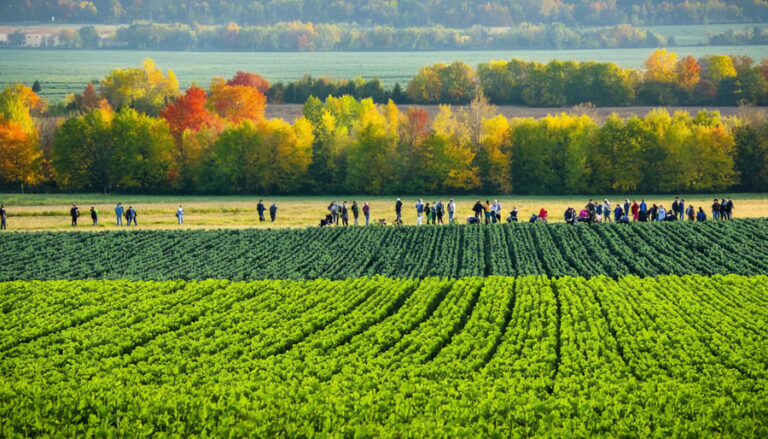




+ There are no comments
Add yours